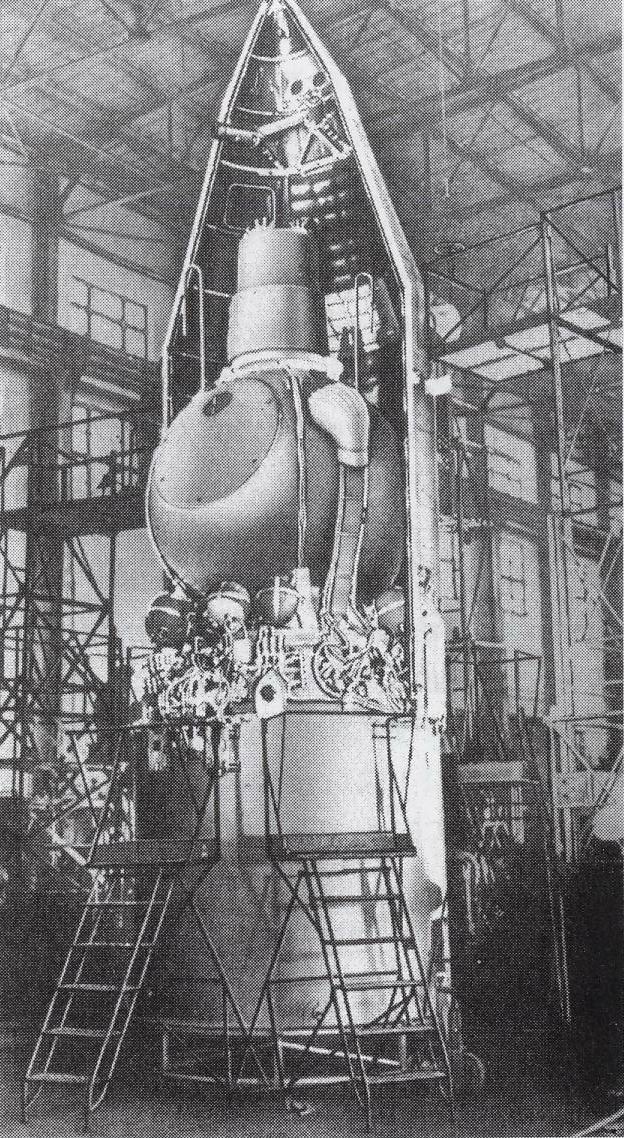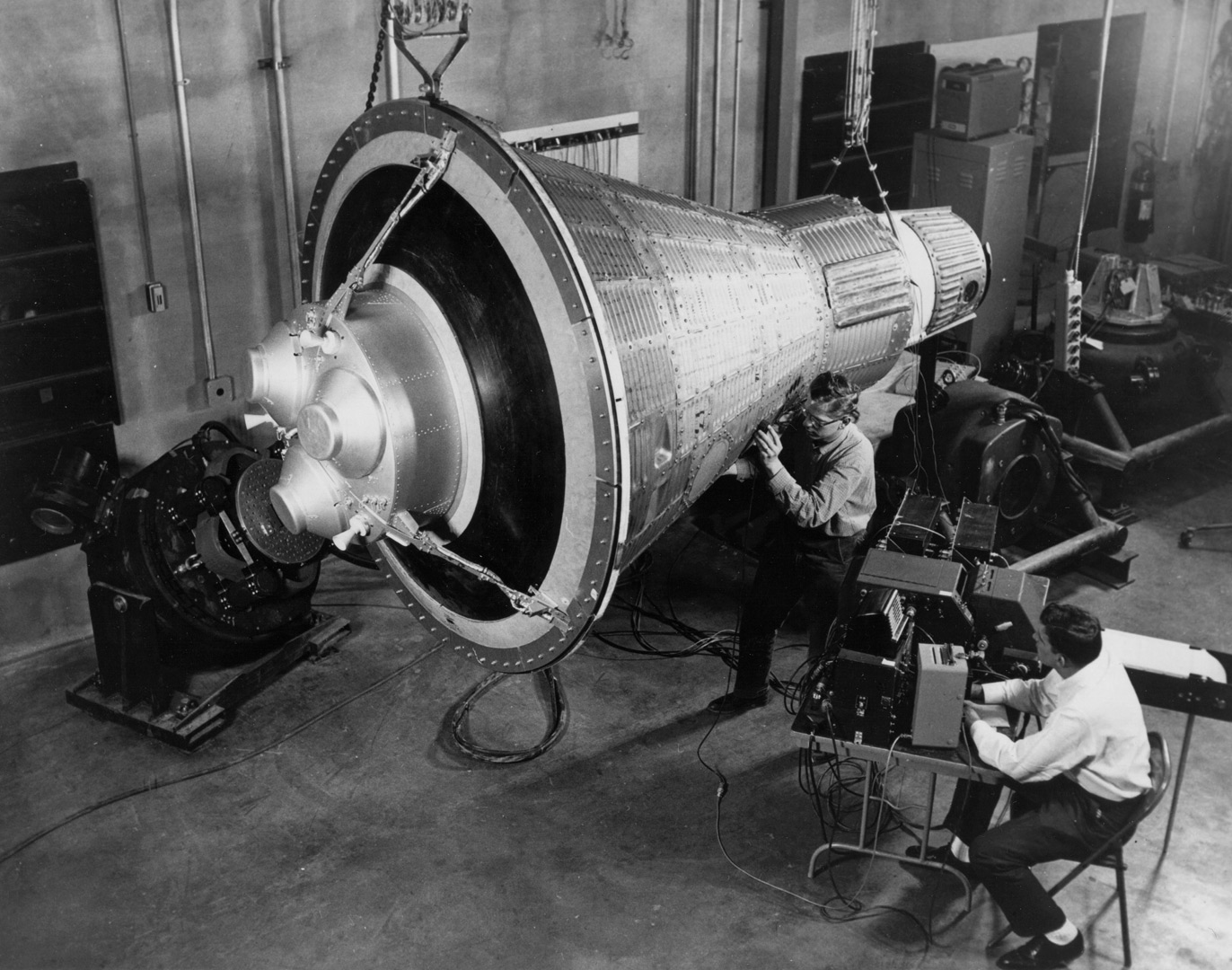

The Vanguard SixĪt the Gromov Flight Research Institute, a spacecraft simulator had been built, and it was called the TDK-1. The move officially took place on June 29, 1960. In March the cosmonauts were started on a daily fitness regime, and were taught classes on topics such as rocket space systems, navigation, geophysics, and astronomy.ĭue to the initial facility's space limitations, the cosmonauts and staff were relocated to a new facility in Star City (then known as Zelenyy), which has been the home of Russia's cosmonaut training program for over fifty years. By mid-June all twenty were permanently stationed at the center. By March, most of the cosmonauts had arrived at the training facility on March 7 Vershinin gave a welcome speech, and those who were present were formally inducted into the cosmonaut group. Vershinin assigned the already famous aviator Nikolai Kamanin to supervise operations at the facility. On January 11, 1960, Soviet Chief Marshal of Aviation Konstantin Vershinin approved plans to establish the Cosmonaut Training Center, whose exclusive purpose would be to prepare the cosmonauts for their upcoming flights initially the facility would have about 250 staff. The Soviet spacecraft were more automated than the American counterparts, so significant piloting experience was not necessary. Unlike NASA's astronaut group, this group did not particularly consist of experienced pilots Belyayev was the most experienced with 900 flying hours. Of these 20, five were outside the desired age range so the age requirement was relaxed. Korolev insisted on having a larger group than NASA's seven astronaut team. By the end of 1959, 20 men had been selected.

Project mercury vs project vostok series#
Just over 200 candidates made it through the interview process, and by October a series of demanding physical tests were conducted on those remaining, such as exposure to low pressures, and a centrifuge test. Although the pilots were not told they might be flying into space, one of the physicians in charge of the selection process believed that some pilots had figured this out. By September interviews with potential cosmonauts had begun. The final specifications for cosmonauts were approved in June 1959. Ĭhief designer of the Soviet space program, Sergei Korolev, decided that the cosmonauts must be male, between 25 and 30 years old, no taller than 1.75 meters, and weigh no more than 72 kilograms. The candidates had to be intelligent, comfortable in high-stress situations, and physically fit. Physicians from the Soviet Air Force insisted that the potential cosmonaut candidates be qualified Air Force pilots, arguing that they would have relevant skills such as exposure to higher g-forces, as well as ejection seat experience also the Americans had chosen the Mercury Seven in April 1959, all of whom had aviation backgrounds. Cosmonaut selection and training Air Force rank*īy January 1959, the Soviets had begun preparations for human spaceflight. The next milestone in the history of space exploration would be to put a human in space, and both the Soviets and the Americans wanted to be the first. The world's first artificial satellite, Sputnik 1, had been put into orbit by the Soviets in 1957. Vostok was succeeded by two Voskhod programme flights in 19, which used three- and two-man modifications of the Vostok capsule and a larger launch rocket. This exceeded Project Mercury's demonstrated capability of just over 34 hours longest flight, and single missions. The longest flight lasted nearly five days, and the last four were launched in pairs, one day apart. The programme carried out six manned spaceflights between 19. The name "Vostok" was treated as classified information until Gagarin's flight was first publicly disclosed to the world press.

The Vostok capsule was developed from the Zenit spy satellite project and adapted the Vostok launch rocket from the existing R-7 Semyorka intercontinental ballistic missile (ICBM) design. Competing with the United States Project Mercury, it succeeded in placing the first human, Yuri Gagarin, into space, in a single orbit in Vostok 1 on April 12, 1961.

The Vostok programme ( Russian: Восто́к, IPA:, Orient or East) was a Soviet human spaceflight project to put the first Soviet citizens into low Earth orbit and return them safely. Model of Vostok spacecraft with third stage of launcher


 0 kommentar(er)
0 kommentar(er)
